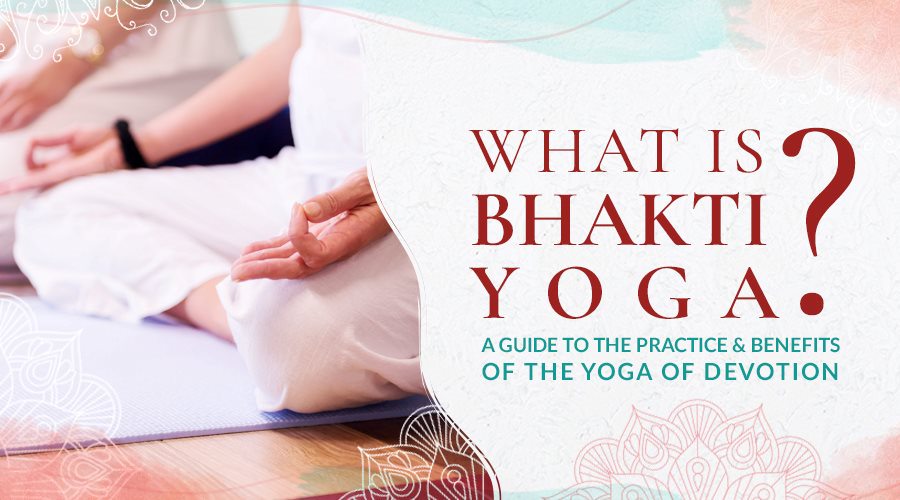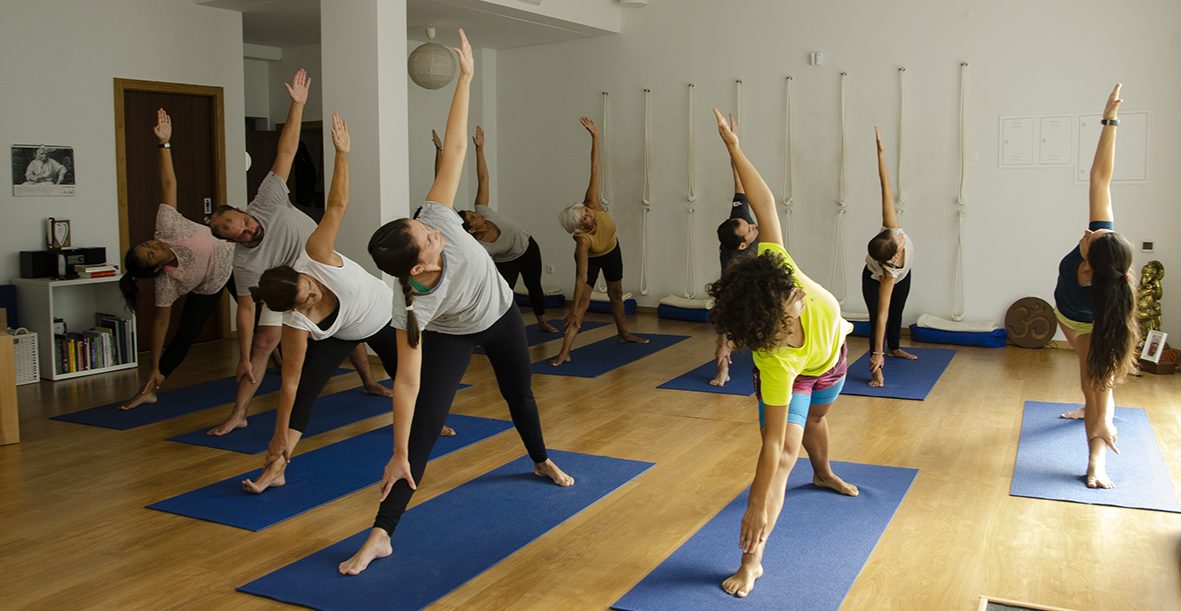
Anxiety is a common problem. Yoga poses can be helpful in relieving anxiety. These exercises can be very effective in relieving anxiety and calming the mind. Ralph Waldo Emerson said that "Nothing brings peace to your mind but you," and these yoga poses can help you attain that peaceful state. These are some of the most effective. These will calm you and make you feel more relaxed.
The Easy Pose blends diaphragmatic and toe lifting. You can focus your efforts on decreasing anxiety by focusing on its source. Some yoga poses for anxious individuals also include heart openers like the Fish Pose. This deep heart opener will help to release negative emotions and open up your throat, chest, and throat. This will also help you to find the source of your anxiety.
Warrior II Pose is a challenging pose that requires strength in your core as well as your legs. Anxiety can stem from a variety of things, such as the uncertain future or stressful job situations. Warrior II Pose is a great way to build strength and confidence in your core. The Upward Salute Pose for anxiety is another good yoga pose. It encourages you to stand tall while stretching from your feet to your crown.

Bridge Pose and Corpse Pose are great yoga poses to help anxiety. The Corpse position will help you focus on relaxation and meditation, while putting rest and meditation first. The Bridge Pose inverts, but it also creates additional breathing space. The Crocodile and Bridge Pose are great for anxiety relief. These yoga poses can be used to help you relax if you are in an anxious situation.
Relaxation can be achieved by the breath of fire position. This pose is great for anxiety as it teaches you proper breathing techniques. Kundalini Yoga, which focuses on singing and chanting, has this pose. The breath of fire pose is a powerful way to relax the mind and restore balance. You can also release any physical tension. One of the best yoga poses to reduce anxiety is the warrior pose. The warrior pose is for advanced yogis.
Balasana poses allow you to stretch your whole body. It can also open your chest and ease tension in the upper back, shoulders and neck. It is a gentle pose that will help you overcome anxiety and relax. It can be very helpful for those who suffer from headaches. This pose can release anxiety and increase blood circulation. These are three of the best yoga poses to reduce anxiety.
The supported bridge pose is a resting position that extends the neck, spine and chest. It is also beneficial for digestion. It is a good yoga pose for anxiety because it focuses on the mind-muscle link. This is one of the most popular yoga poses for anxiety. This pose requires that the spine be stretched out and the chest extended. When the muscles relax, the brain will follow. You can calm your mind and nervous systems in this manner.

Another great yoga pose for anxiety is savasana. You can rest your head on your back while keeping your eyes closed. It's a very relaxing pose that helps to clear your mind of negative thoughts. It will also improve your sleep quality. By bringing your attention to your breath, you will find that it is easier to control your feelings. This is one of many benefits to yoga for anxiety. You should not wait to try it!
Yoga can be a great choice for those suffering from anxiety. Yoga poses to reduce anxiety can be helpful. These poses will help to lower your cortisol. By lowering cortisol levels you can feel calmer, more relaxed. Your anxiety may be eliminated. This is a perfect way to get started with yoga. These are some of the most popular yoga poses.
FAQ
What is the best way to lose weight?
It can be difficult to lose weight. Many people give in to temptation because they don't know how to proceed.
You can lose weight by following a few simple steps.
First, ensure you eat fewer calories that you burn. If you eat more calories that you burn, you'll gain weight.
Second, you must start exercising regularly to burn off all those calories. You can choose from different types of exercises, including jogging, walking, cycling, dancing, etc.
Third, quit smoking cigarettes and alcohol. These habits make it more likely that you will consume more calories than you would normally.
Fourth, you should cut back on junk food. You can replace them with healthier options such as fruits, vegetables, lean meats, whole grains, nuts, seeds, beans, etc.
Fifth, it is important to make lifestyle changes and develop new habits. It is possible to wake up at 5 AM to go to work, or to be more active before you get to work.
Sixth, it is important to be disciplined about your diet and follow it.
You can also burn excess calories by joining a gym, or taking an aerobics course.
By following these simple tips, you will soon begin to notice results.
How many calories do I need to eat each day?
It varies from one person to another. The average is 2000 - 2500 calories per day. It is important to consider your lifestyle and determine how many calories you'll need.
Are Cardio exercises good or bad for your health?
Cardiovascular exercise has many advantages. It improves blood flow, strengthens your heart muscle and increases stamina.
Cardiovascular exercise includes running, biking, hiking, swimming, tennis, basketball, soccer, volleyball, football, etc.
It is important to remember that cardio exercises should not be performed at high-intensity levels. This could result in injury.
The cardiovascular exercise should only be performed if you feel good.
It is important not to push yourself beyond your limits. If you do, you might injure your self.
Begin by warming up before engaging in cardio exercise. Then, gradually build up to higher intensity levels.
Be aware of your body and listen to it. If you feel pain when doing cardiovascular exercise, you should immediately stop.
It is also recommended to take some time off after a cardiovascular exercise. This allows your muscles to recuperate.
Cardiovascular exercise is an important part of losing weight.
It is the most effective way to burn calories and reduce belly fat.
Is it possible to go to the gym every day of the week?
You can go to the gym seven times a week, but not at once. You must find a time you can do it without feeling exhausted and depleted.
This will help to keep you focused and give you energy for other things.
It is important to eat right during these times. This will ensure you don’t feel tired and sluggish going to the gym.
You must ensure that you don't have any other competing demands on your time. For example, if you have children, you may want to avoid exercising on school nights as they will distract you from your workout.
Statistics
- Cardmembers earn 5% Back at Amazon.com with a Prime Credit Card. (amazon.com)
- According to the American Academy of Dermatology (AAD), men over 50 are at a heightened risk of developing it. (healthline.com)
- By John Thompson Take a whopping 38% off a set of PowerBlock Pros. (menshealth.com)
- According to the American Heart Association, blood pressure should be checked at least once every two years, beginning at age 20. (my.clevelandclinic.org)
- Candidates and applicants must pass all four tests at 70% (minimum level) to graduate from Basic Deputy U.S. Marshal (BDUSM) Training. (usmarshals.gov)
External Links
How To
How can I burn fat and exercise?
Exercise burns calories by increasing metabolism and oxygen consumption.
Moderate intensity exercise is a safe way to lose weight.
These are the top tips for burning fat while you exercise.
-
Cardio exercises include swimming, running or cycling.
-
Exercise for 30 minutes three times per week.
-
Add strength training to your workouts if you are looking to lose more weight.
-
Avoid intense workouts. It's possible to build muscle, but not lose it.
-
Hydrate well during exercise. Water is essential for flushing out toxins and keeping your body hydrated.
-
After working out, drink low-fat protein shakes. Protein shakes boost energy and repair muscle tissue.
-
So you don’t feel hungry, eat smaller meals throughout your day.
-
Don't skip breakfast! Skipping breakfast can cause you to feel tired and sluggish.
-
Take care to your mental well-being. Stressful situations can slow metabolism.
-
Keep a positive attitude. Research shows that overweight people gain more weight if they believe they are overweight than those who believe they look good.
-
Get enough rest. You will have a harder time losing weight if you do not get enough sleep.
-
Keep active. Move around at least once an hour.
-
Maintain a healthy diet. You will feel fuller longer if you eat right.
-
Relaxation is possible by finding ways to relax. Relaxing doesn't mean your body releases stress hormones which cause muscle tissue to be destroyed.
A balanced diet includes all essential nutrients needed for growth and development.
Six small meals per day is better than three large meals. This gives your body more time to digest the food you eat.
For strong bones to be maintained, you need approximately 500mg of calcium per day. Calcium can be found as a dairy product such as milk, yogurt and fortified soy drinks, orange juices, cereals, breads, and cereals.
Calcium comes from leafy green vegetables, beans, tofu, nuts, seeds, and cheese.
Vitamin D is required for calcium absorption. Vitamin D is found in certain fortified foods, such as egg yolk and fatty fish.
Vitamin E plays an important role in skin health. It's found in vegetable oils, wheat germ oil, peanuts, almonds, sunflower seeds, and corn.
Your body requires zinc for normal immune function and wound healing. Zinc can also be found in legumes, oysters, meats and whole grains.
Zinc deficiency may cause fatigue, loss appetite, depression, and impaired immunity.
Too much sugar leads to insulin resistance. This results in higher blood glucose levels. Insulin resistance is linked to weight gain.
High levels of free radicals can lead to insulin resistance. Free radicals are molecules that have unpaired electrons, which can cause damage to cell membranes or other parts of your body.
Free radicals come mainly from food additives, pesticides, herbicides, preservatives, smoking, air pollution, radiation, chemicals in cosmetics, lotions, and household cleaning supplies.
Free radical damage may lead to cancer, heart disease diabetes, arthritis, asthma and other conditions.
A well-balanced diet rich in antioxidants is the best way for you to avoid free radical damage. Antioxidants protect against oxidative damage.
Vitamin C, beta carotene (found within citrus fruits, carrots, sweet potatoes and spinach), Vitamin E (found inside nuts, olive oils, avocados and eggs), and Vitamin C (found among mangoes.
Selenium, copper as well as manganese and zinc are some other antioxidant nutrients.
Selenium protects cells against oxidative damage from free radicals. Selenium is also found in Brazil nuts.
Copper protects the brain, eyes, lungs, and red blood cells. Copper can be found in shellfish and poultry as well as meat and organ meats.
Manganese is an essential component of bone structure. Manganese may be found in brown rice or spinach, bananas and prunes as well raisins, oatmeal and lentils.
Zinc is required for normal growth, reproduction and wound healing. Zn can be found in lean cuts, white fish, poultry, eggs, and other foods.